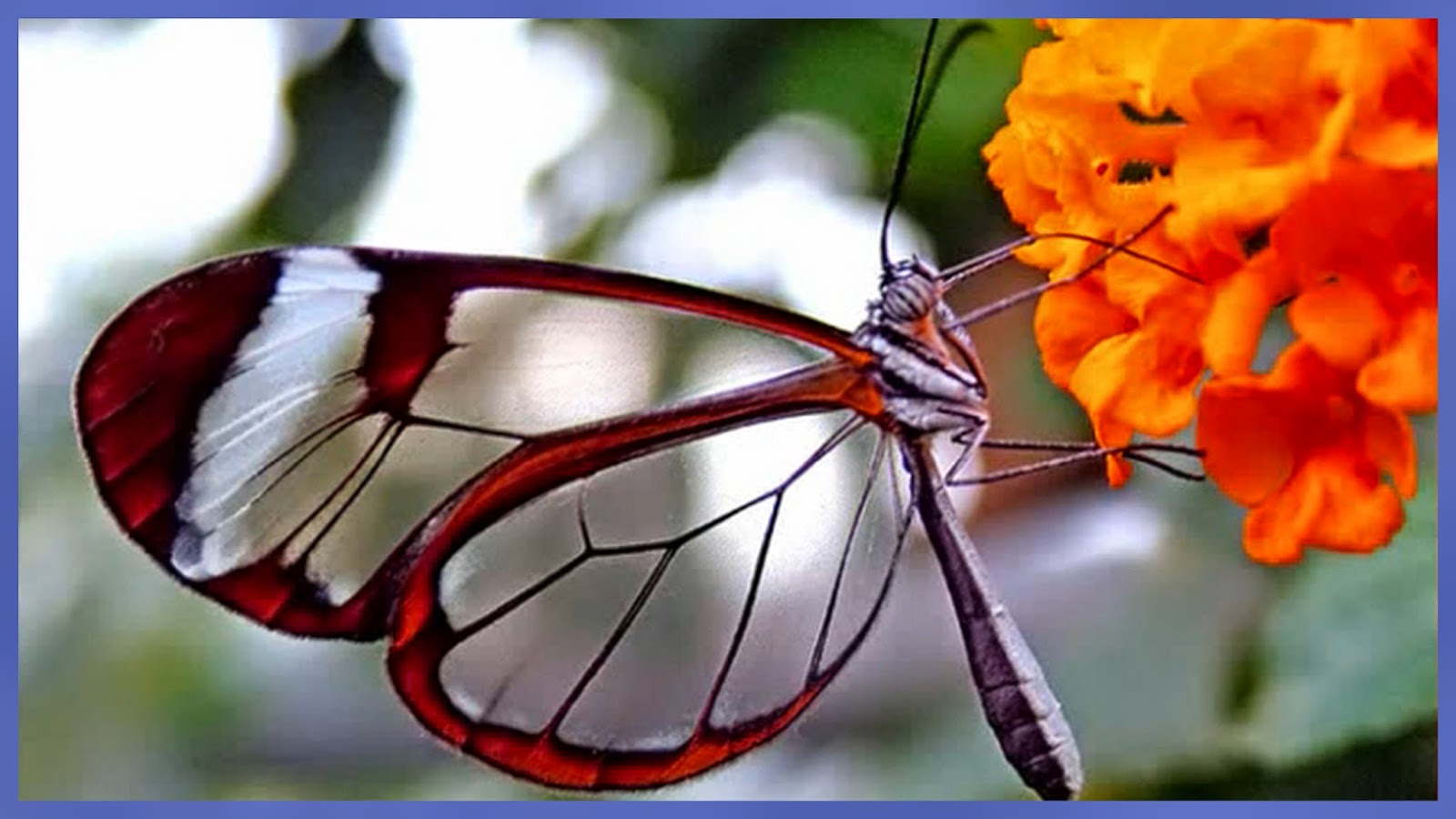Habitat: Adults range from Mexico through Panama. They also fly through Florida.
Status: Not Listed
The Glasswinged Butterfly (Greta oto)
is one of the most spectacular butterflies on the planet.
This isn’t
because of its bright coloration or unique shape, however, but rather
its one glaring [and fabulous] characteristic: its wings are almost
completely transparent!
Most butterflies have very tiny scales
which cover the wing membranes. These scales are what give monarch
butterflies their orange and black hues or morpho butterflies their
vivid blue coloring. Unlike these butterflies, between the veins of the
Glasswinged Butterfly there are no scales – just translucent membranes –
which means the wings allow you to look straight through them! That’s
why the Spanish name for these butterflies is ‘espejitos’ which
literally translates to ‘little mirrors.’
The membranes, when positioned in just the right way, will refract light so that incredible, breathtaking colors are shown in the butterfly’s wings as shown above. It’s akin to a clear soap bubble catching the light and exposing its vast array of colors within. When in flight, however, it’s nearly impossible to spot the butterfly since its wings are basically clear.
It’s a very neat trick to avoid being eaten – don’t be seen at all! What does this butterfly do when its a caterpillar, though? Well, the larvae are brightly colored purple and red which equals a big “stay away from me” in the animal kingdom. If predators still go after the caterpillar, they’re in for a terrible surprise.
Caterpillars of the Glasswinged Butterfly will actually feed on a plant of the genus ‘Cestrum.’ The common name for this plant is nightshade… and it’s highly poisonous. The caterpillars absorb the toxins into their bodies from the plant and these will even materialize into the adult’s body after the caterpillars undergo metamorphosis. So, both the caterpillar and the adult are poisonous and any predator would do best to avoid munching on them.
And anyways, why would you want to eat something so beautiful!?
By Carly B.
With many thanks to The Featured Creature
This picture with many thanks to Atlas of Wonders.
Related:
Monarch Butterflies Are Coming Back!
This butterfly Is Half Male And Half Female
This picture with many thanks to Atlas of Wonders.
Related:
Monarch Butterflies Are Coming Back!
This butterfly Is Half Male And Half Female



